Restoration From Headwaters to the Sea
Restoration groups across the state are helping salmon and steelhead populations tremendously by implementing restoration solutions that improve stream health and make them more resilient to drought and the effects of climate change. Follow the graphic below to learn about key restoration solutions that, if implemented in targeted stretches of the river and stages of a salmon’s lifecycle, help more salmon survive and reproduce successfully. If solutions like these are implemented in enough salmon rivers across the state, salmon can be brought back from the brink.
1. Ensure the return of adult salmon

Remove barriers to spawning grounds
Salmon migrate from the ocean back up to their birth watersheds to spawn and lay the next generation of eggs. On many streams, barriers block this migration.
Cool the water for spawning
Salmon and steelehead can swim hundreds of miles from the ocean back to their headwaters, only to find the water is too hot for them to spawn.
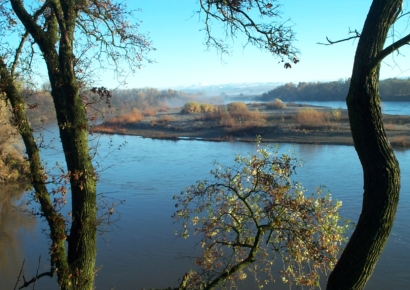 Sacramento River © The Nature Conservancy
Sacramento River © The Nature Conservancy
2. Ensure the survival of salmon eggs
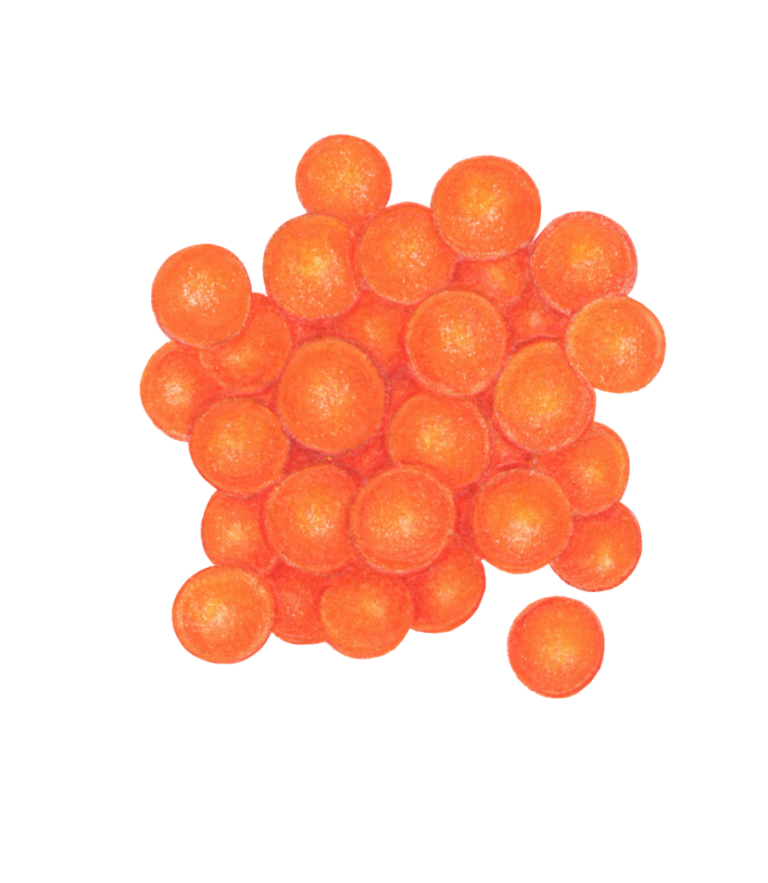 Salmon eggs. © Joseph Tomelleri
Salmon eggs. © Joseph Tomelleri
Create and restore spawning habitat
To produce the next generation, salmon need gravelly streambeds in which to lay their eggs. Too often and in too many places they simply can’t find these anymore.
Fix roads to abate erosion
Salmon require clean gravel beds in which to lay eggs and have them successfully hatch. They often encounter sediment-laden streambeds where eggs are as likely to suffocate as hatch.
3. Ensure the survival of baby salmon
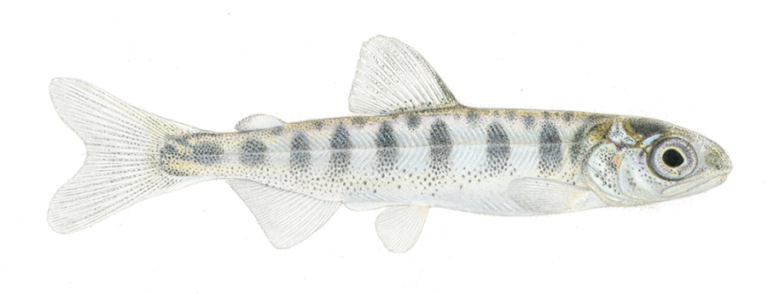 Chinook parr. © Joseph Tomelleri
Chinook parr. © Joseph Tomelleri
Provide shelter from storms
Juvenile salmon need calm waters to grow and survive. Fallen trees and debris slow the water down, while also increasing food availability and providing cover from predators.
Increase summer stream flows
Salmon are in many of California’s streams year-round. Climate change and increased human water use are drying up streams in the summer, depriving salmon of their summer stream habitat.
4. Ensure the survival of young salmon to the sea
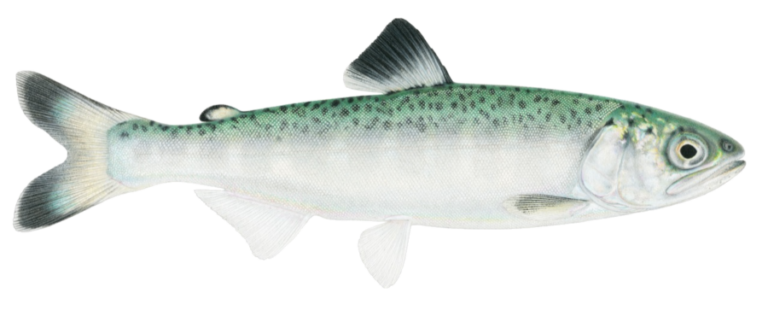 Chinook post-smolt. © Joseph Tomelleri
Chinook post-smolt. © Joseph Tomelleri
Restore floodplains and estuaries
Young salmon can spend months in floodplains and estuaries, taking advantage of abundant food supplies to grow large before going out to sea – increasing their chances of ocean survival.
Increase flows for outmigration
Young salmon need deep and swift water to help them make it out to sea. Human water use and climate change have changed these critical flows, often making migration impossible.
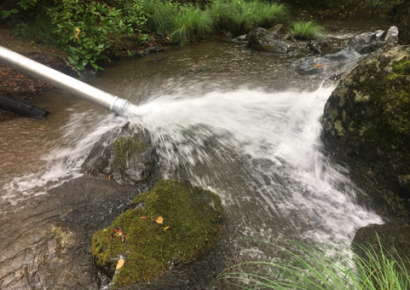 Porter Creek Streamflow Enhancement Project © Sonoma Resource Conservation District
Porter Creek Streamflow Enhancement Project © Sonoma Resource Conservation District